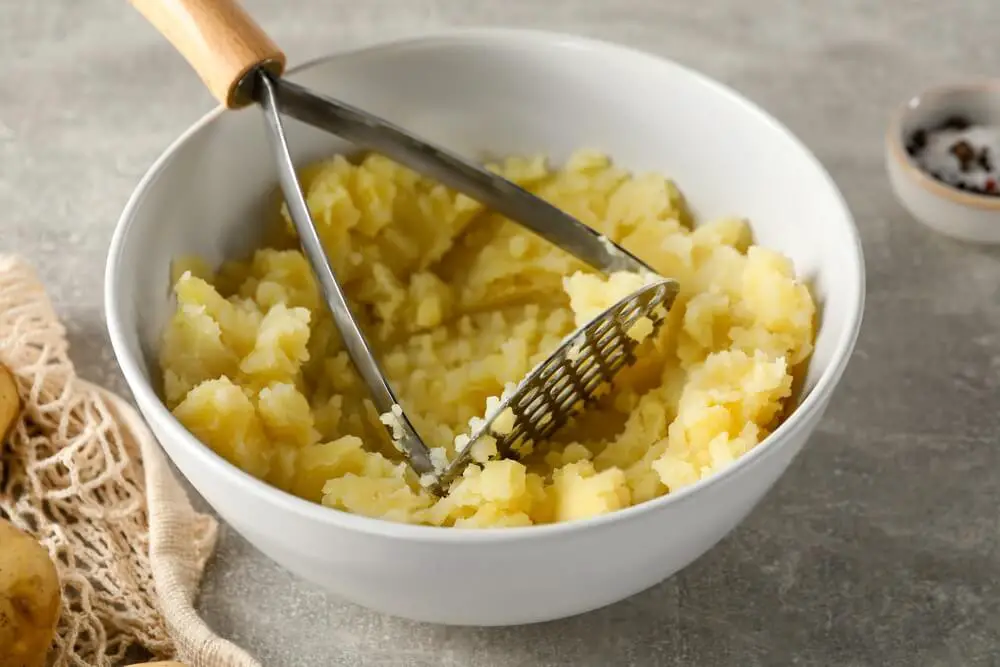When it comes to pasta, we all know that there’s a world of variety out there. But sometimes, it’s easy to get a little lost in the pasta aisle, especially when you’re faced with two similar-looking options like Manicotti and Rigatoni. These tube-shaped pasta varieties might leave you scratching your head, wondering, “What’s the difference?” Well, fear not, my fellow pasta enthusiasts. In this deep dive, we’re going to unravel the mysteries of Manicotti vs. Rigatoni, so you can confidently pick the perfect pasta for your next culinary masterpiece.
What is manicotti?
Manicotti, my friends, is a bit of a pasta superstar. It’s known for its larger-than-life presence on the plate, and the name itself translates to “little sleeves” or “little muffs” in Italian. Imagine a pasta tube that’s about the size of your thumb, with a length that stretches to about four inches – that’s Manicotti for you!
The Anatomy of Manicotti
Manicotti is born from a mix of semolina flour, water, and sometimes, a dash of eggs. Its surface can be either ridged or smooth, adding a layer of versatility to your pasta choices. But here’s the kicker – the ends of this pasta aren’t just any old curves; they’re angled, which sets them apart from their close cousin, Rigatoni.
You’ll find Manicotti in two forms: fresh and dried. The fresh variety is a real treat if you can get your hands on it, but the dried version, commonly found in grocery stores, does the job admirably.
Manicotti in the Kitchen
Now, what makes Manicotti truly shine is its role in the kitchen. Think of it as the cool, older sibling of lasagna. It’s perfect for family-sized pasta dishes where you stuff those “little sleeves” with a variety of delectable fillings. We’re talking ricotta, mozzarella, spinach, sausages, seafood, parsley, and ground meat – the possibilities are endless!
After a little boiling session, you’ll stuff your Manicotti shells with your chosen filling, and then the real fun begins. These filled pasta sleeves find their cozy spot in a baking dish, topped with a generous layer of tomato sauce and cheese. But hold on, there’s more – you can even go the extra mile and add some creamy alfredo sauce if that’s your jam.
In a Nutshell
Manicotti is a robust pasta, perfect for those hearty baked dishes. It’s all about those delightful fillings, and its size and texture make it a go-to for any culinary artist looking to create a satisfying Italian meal.
What is rigatoni?
Now, let’s turn our attention to Rigatoni. The name itself hints at its defining feature – those unmistakable ridges. This short-cut pasta is like the tough, no-nonsense cousin of Manicotti. It’s all about those straight lines and hearty texture.
The Anatomy of Rigatoni
Rigatoni’s claim to fame is its wide diameter, measuring about two inches in length and almost an inch in diameter. But what truly sets it apart are those ridges. The word “Rigatoni” is derived from the Italian word “Rigato,” which means “ridged.” You can see why – these ridges are what give this pasta its unique character.
Like Manicotti, Rigatoni is also made from semolina dough, but the process is a bit different. It’s pushed through a mold that creates those lovely ridges all around its exterior. You can find Rigatoni both in restaurants throughout Italy and on the shelves of your local grocery store.
Rigatoni in Action
Rigatoni doesn’t just sit there looking pretty; it’s a pasta with a purpose. Thanks to those hollow insides and the ridges on its surface, it’s the perfect canvas for holding thick, flavorful sauces. Whether you’re a fan of meat sauce, tomato sauce, or a delectable seafood sauce, Rigatoni can handle it all.
It’s not just about boiling and serving either – Rigatoni is a champ when it comes to baking. You can use it in various baked pasta dishes, where it holds its own alongside meats, veggies, cheese, and sauce. That hearty texture and those ridges make sure the sauce clings on for dear life, giving you a mouthwatering bite every time.
The Verdict
Rigatoni is your go-to for dishes where the sauce plays a leading role. Its hollow, ridged structure is designed to maximize flavor, making it a prime candidate for anyone who enjoys a saucy pasta experience.
Manicotti vs. Rigatoni: The Final Showdown
Now that we’ve explored the individual strengths of Manicotti and Rigatoni, it’s time for the ultimate face-off.
Size Matters: Manicotti takes the crown when it comes to size. Its larger diameter and length set it apart as the “big brother” of the pasta world, while Rigatoni is the more compact sibling.
Shape and Texture: Manicotti’s smooth, angled ends give it a unique appearance, whereas Rigatoni’s straight, ridged profile adds character. Both are eye-catching in their own right.
Versatility: Manicotti is the go-to for stuffed pasta dishes, shining brightly in baked creations. Rigatoni, on the other hand, excels in dishes where the sauce is the star, especially when baking is involved.
Texture: When it comes to holding sauces, Rigatoni’s ridges give it an advantage, ensuring every bite is flavorful. Manicotti holds its own, but the focus here is on the fillings.
Conclusion
In the epic battle of Manicotti vs. Rigatoni, there’s no clear winner. The choice between these pasta varieties depends on your culinary vision. If you’re planning a grand, stuffed pasta extravaganza, Manicotti is your trusted ally. But if your heart yearns for a saucy, flavor-packed journey, Rigatoni is the path to follow.
Both of these pasta stars bring their own unique flair to the table, making them equally lovable in their own right. So, next time you’re faced with that pasta aisle dilemma, remember the difference between these two pasta superheroes, and let your creativity in the kitchen lead the way.
In the end, whether you’re Team Manicotti or Team Rigatoni, you’re guaranteed a delicious pasta experience. Buon appetito!


